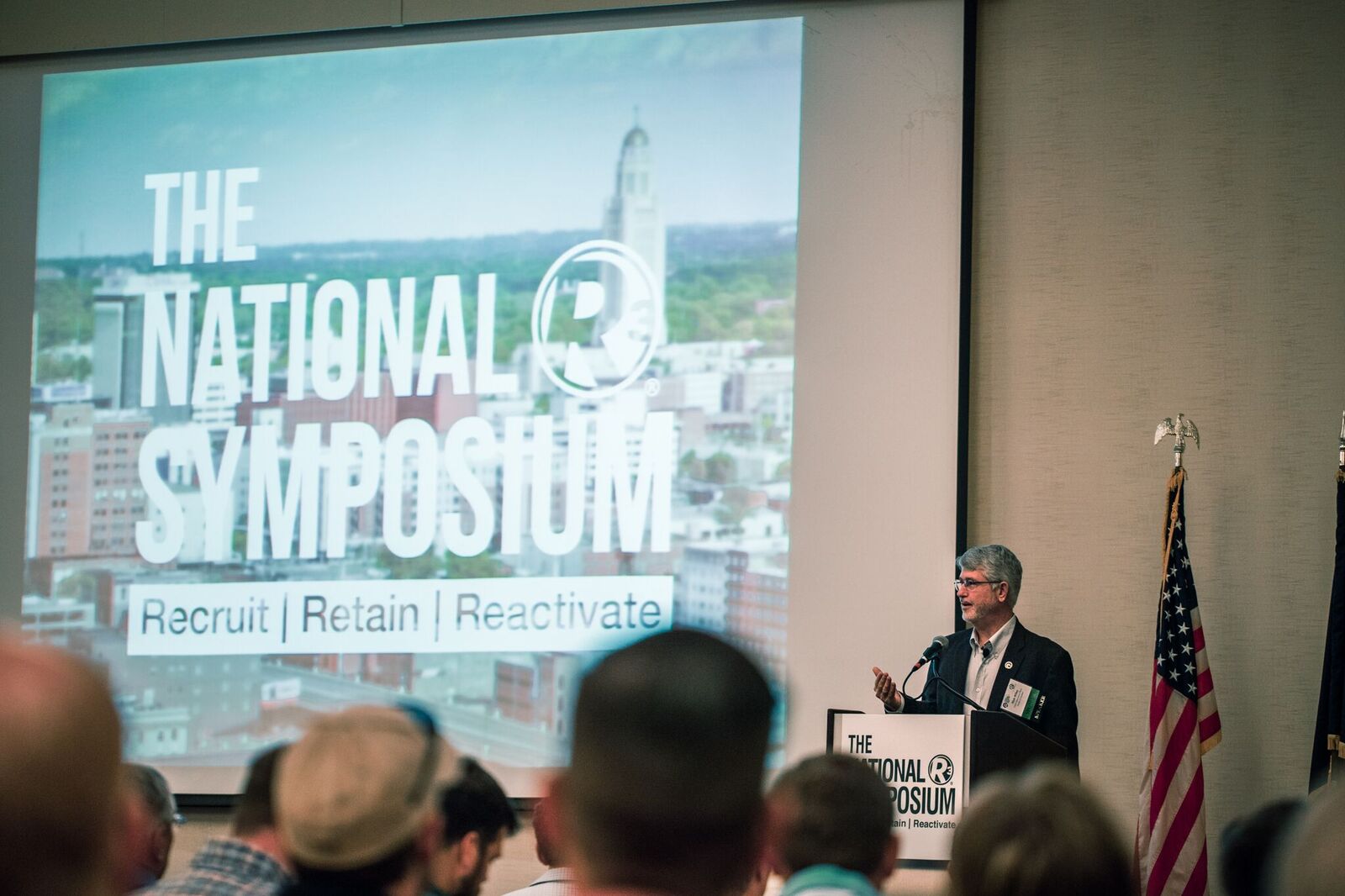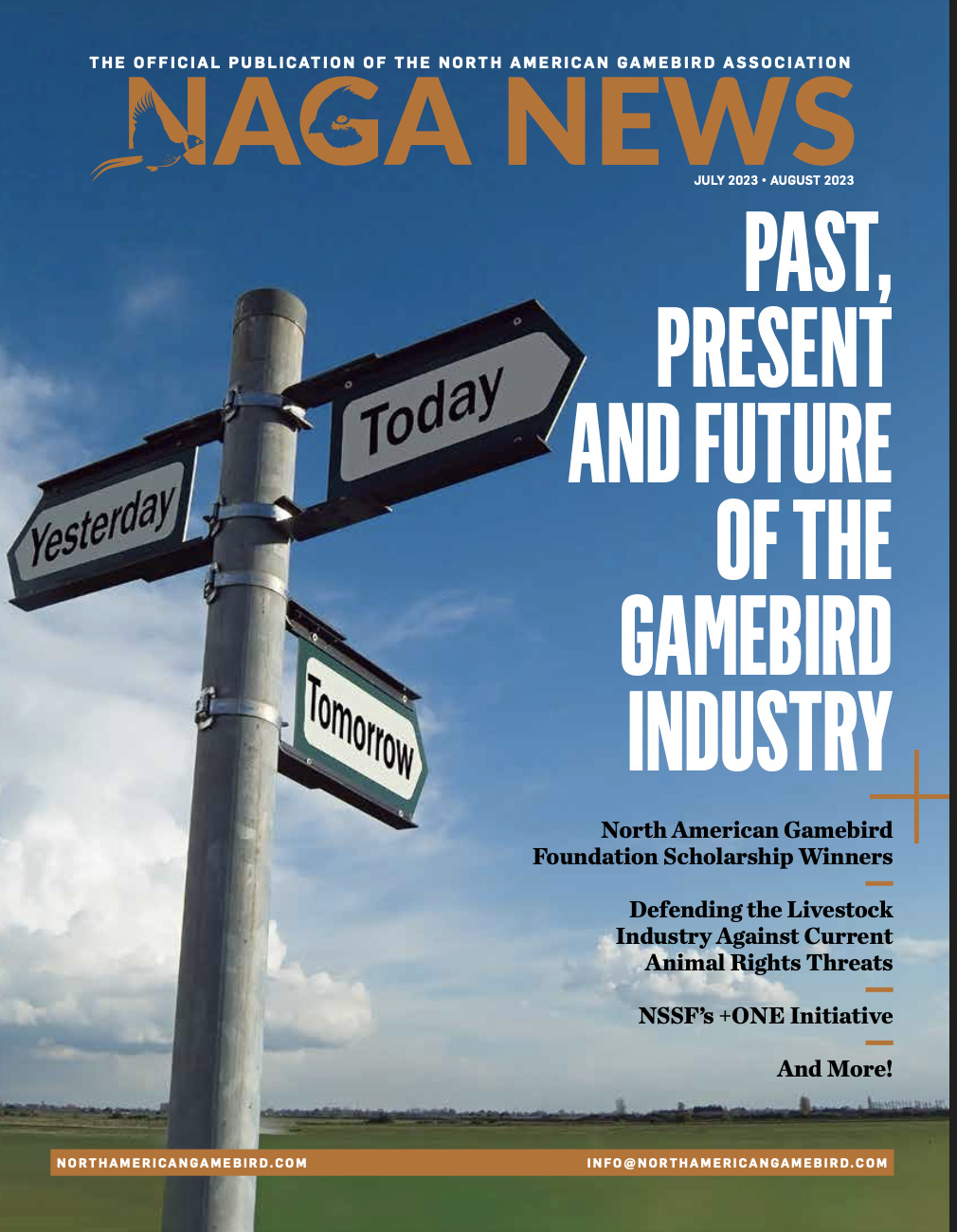THE COUNCIL TO ADVANCE HUNTING AND THE SHOOTING SPORTS OFFERS R3 OPPORTUNITIES
By Kristen Black, Council to Advance Hunting and the Shooting Sports
Participation rates in hunting and target shooting in America are changing, which presents challenges for the future of these activities as well as the current model of conservation in America. Fortunately, one organization, the Council to Advance Hunting and the Shooting Sports (Council), serves to ensure support for and active participation in hunting and the shooting sports for future generations. Currently, the Council is focusing its efforts on stabilizing participation in hunting and target shooting in America by working with its partners to improve the conservation and outdoor industries’ collective approach to the recruitment, retention and reactivation (R3) of participants. The Council facilitates R3 efforts between state and federal fish and wildlife agencies, non-governmental organizations (NGOs) and vested industry partners such as Vista Outdoor, OnX Hunt and Bass Pro Shops. It works to strengthen partnerships, improve effectiveness and efficiency of efforts and ultimately ensure that efforts put forth are resulting in the creation of more hunters and target shooters which are also in need to use one of the best spotting scope under 500. Since its creation in 2009, the Council facilitated the development of the National Hunting and Shooting Sports Action Plan, developed the first online professional platform for R3 professionals, hosted the first-ever National R3 Symposium and is now leading the National R3 Implementation Workgroup to further implementation and advancement of R3 efforts, operations and information.
These advancements have caused the conservation and outdoor industries to rally around the R3 movement. For the last 30 years, the focus of many vested organizations has beenon the first R – recruitment. However, current research demonstrates that these efforts may not be enough. As the Baby Boomer generation grows older and begins to participate less, recruitment is still a key factor in the future state of hunting, recreational target shooting and conservation efforts.
More recently, the science behind the other two Rs – retention and reactivation, has evolved in a way that allows managers to focus more on keeping current participants active, and ensuring that once people become participants they remained engaged in these activities throughout their lifetimes. The R3 movement presents an opportunity to improve the way organizations connect with hunters and target shooters and truly strengthen the hunting and target shooting communities in America.
TARGETING NEW AUDIENCES

Through an excise tax on firearms and ammunition mandated by the 1937 Federal Aid in Wildlife Restoration Act (aka: Pittman-Robertson Act), funds are raised for public land purchase and maintenance, public shooting ranges, conservation research and hunter education courses. With the historic decrease in hunter numbers (more than 15% since the 1980s), funding for these resources becomes limited and opportunities follow suit.
The good news is, there are almost countless groups working to remedy the decline. State and federal agencies, NGOs and vested industry partners are working together to reverse the downward trend by hosting workshops, trainings and public events to get a wide variety of interested parties involved. Traditionally, hunting and recreational shooting has been sustained by familial ties: parents taking their children, and grandparents taking their grandchildren. Of course, this is still considered the traditional route to hunting and recreational shooting, but to combat the decline in participation, there’s a realized need to approach recruitment from a new angle and target different audiences.
These non-traditional paths include non-hunting and -shooting participants getting into the activity as adults rather than as youth. Adults have disposable income to spend on equipment and licenses, free time to spend learning and participating, the ability to get themselves to hunting or recreational shooting sites, often have more dedication because they have made their own decision to pursue the activity and are able to affect legislative decisions about the future of hunting and recreational shooting. Where are we finding adults who are willing to learn these new skills? In the wake of a popular new trend to get healthy and be more conservation-minded, new adult hunters are coming from unlikely backgrounds. While unexpected, vegans and vegetarians are joining ranks to promote clean and ethical eating, locavores are interested in knowing where their food comes from and urbanites want to experience nature and fresh air.
WHAT YOU CAN DO

The influx of new hunters creates a need for mentors now more than ever, but a lack of experienced individuals who are willing to help new hunters has been widely documented. One of the Council’s tasks is to facilitate education of current hunters through partner organizations about the importance of mentorship and help them get connected with programs seeking their expertise. Interested parties can get involved in two ways: individually or through an organization. Anyone who knows how to hunt or shoot can be a mentor! Mentorship doesn’t have to be a full-time job, it can include taking someone scouting, letting someone join you at the shooting range, helping them clean gamebirds for the first time, giving tips and tricks on cooking wild game and many smaller tasks that may encourage someone to become more comfortable with hunting or recreational shooting on their own.
For more information, visit www.cahss.org and check out the resources there!
This article is reprinted from NAGA News, our bi-monthly, members-only magazine. For more articles like this, join our organization to receive your subscription and many more benefits!


